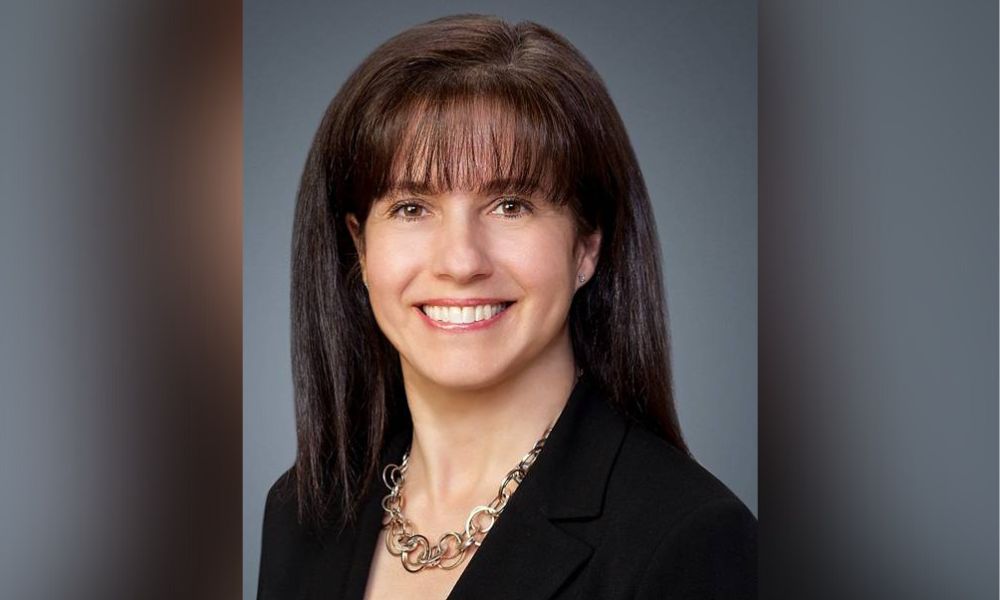“Some people live on-reserve and others live off-reserve; some are status or non-status,” Plamondon says. “Tax treatment can be different for indigenous clients. For example, if you are status as defined under the Indian act and work on reserve or for a reserve-based company, then you are tax exempt, in which case something simple like an RSP contribution is not necessarily the best solution when it comes to saving for the future.”
Another anomaly that arises from the Indian Act is that First Nations people living on-reserve cannot get a mortgage to build a home, because the land they reside on is considered Crown land that’s set aside for the use and benefit of the band. That’s contributed to a lack of housing supply on reserves, leading to overcrowding of families within residences.
“There is not enough money from Indian affairs to adequately pay for infrastructure and upkeep,” Plamondon says. “Some homes are built inadequately for the climate environment, and obtaining house insurance is difficult in many regions, meaning many communities are not even adequately protected.”
To help thaw the frost of suspicion that might get in the way of planners working with Indigenous clients, Plamondon recommends providing a safe and inclusive environment where members of the community can feel welcome. Providing easily accessible financial information, education, and one-on-one support – which ideally includes free lessons and services – can also go a long way.
She also encourages professionals to volunteer and improve access to their services by going where the Indigenous clients are, whether it’s in their own community or dedicated urban settings like Native Friendship centres.


